
Hybrid computers that marry CPUs and devices like GPUs and FPGAs are the fastest computers, but they are hard to program. This post explains how deep learning (DL) greatly simplifies programming hybrid computers.

Hybrid computers that marry CPUs and devices like GPUs and FPGAs are the fastest computers, but they are hard to program. This post explains how deep learning (DL) greatly simplifies programming hybrid computers.

I recently read an article by a parent coach I admire about phrases she has used frequently over the years with her daughter. Here’s a snippet: "My daughter mouthed the words as I began to say them, "Don’t decide how things are going to be later." She has heard this phrase

In the SAS/IML language, you can only concatenate vectors that have conforming dimensions. For example, to horizontally concatenate two vectors X and Y, the symbols X and Y must have the same number of rows. If not, the statement Z = X || Y will produce an error: ERROR: Matrices
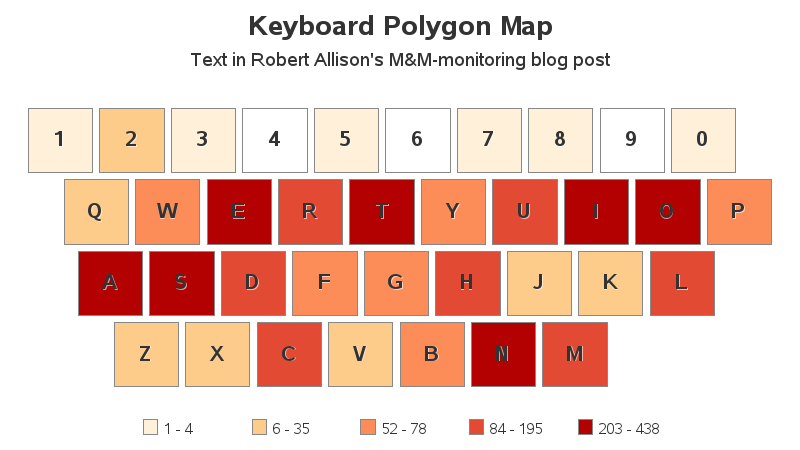
If you're good at games like Wheel of Fortune, Scrabble, or Words with Friends, you've probably figured out that certain letters appear more often than others. But do you have a cool way to figure out which letters appear most & least frequently? How about using a computer to plot
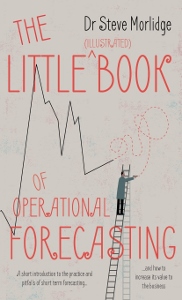
Note: The following concludes an eight-part serialization of selected content from Steve Morlidge's The Little (Illustrated) Book of Operational Forecasting. Good forecasts don’t always ‘look right’ Many forecasters believe that they can tell how good a forecast is by ‘eyeballing’ it. Good forecasts just ‘look right’ or so they would

The true test of when a technology has become mainstream is when it is being widely used across the whole business, from customer-facing functions to backroom work. Analytics has been customer-focused for some time, and has also been widely used for individual performance, for example, by sports teams. The advent

How can SAS Grid Manager and SAS Viya work together to process massive volumes of data? Get answers to common questions about how the two interact in this blog post.
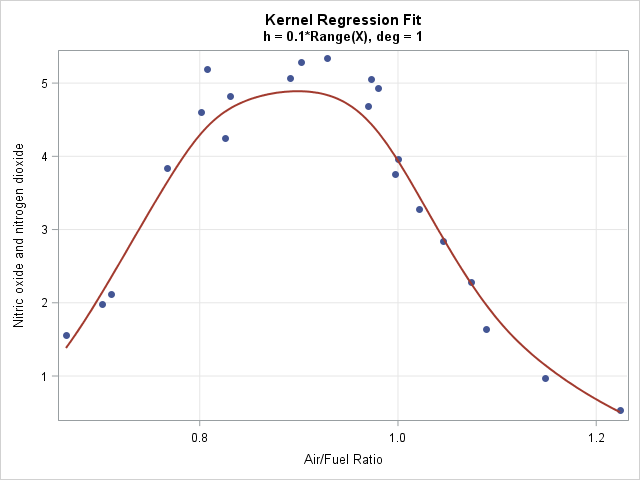
A SAS programmer recently asked me how to compute a kernel regression in SAS. He had read my blog posts "What is loess regression" and "Loess regression in SAS/IML" and was trying to implement a kernel regression in SAS/IML as part of a larger analysis. This article explains how to

Note: Following is an eight-part serialization of selected content from Steve Morlidge's The Little (Illustrated) Book of Operational Forecasting. The measurement challenge So here is the forecasters dilemma: There will always have forecast error. The challenge is to work out the cause of the error and to take the appropriate

Using relative file paths in your SAS programs? Use the new DLGCDIR function to manage your SAS working directory -- even in SAS Enterprise Guide or SAS Studio -- to ensure your programs are working the way they ought to.
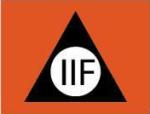
We'll take a short break from the Steve Morlidge book serialization, to announce that SAS Research & Development has again provided $10,000 in funding for the SAS/IIF grant program. Both academics and industry practitioners are encouraged to apply and conduct original research for improving the practice of forecasting. SAS/IIF Grants

The Work/Life Center is here to provide support through life transitions. With college semesters in full swing, we're aware that some of you may be facing the transition of "empty nesting". "Empy nesting" occurs after kids leave the home. This transition can occur any time of the year and for

This blog post highlights more SAS Global Forum papers chosen by SAS Press authors.

Note: Following is an eight-part serialization of selected content from Steve Morlidge's The Little (Illustrated) Book of Operational Forecasting. The forecasting challenge It is not possible to forecast any future outcomes precisely. Only the signal is potentially forecastable – noise is unforecastable in principle. And all forecasts assume that the
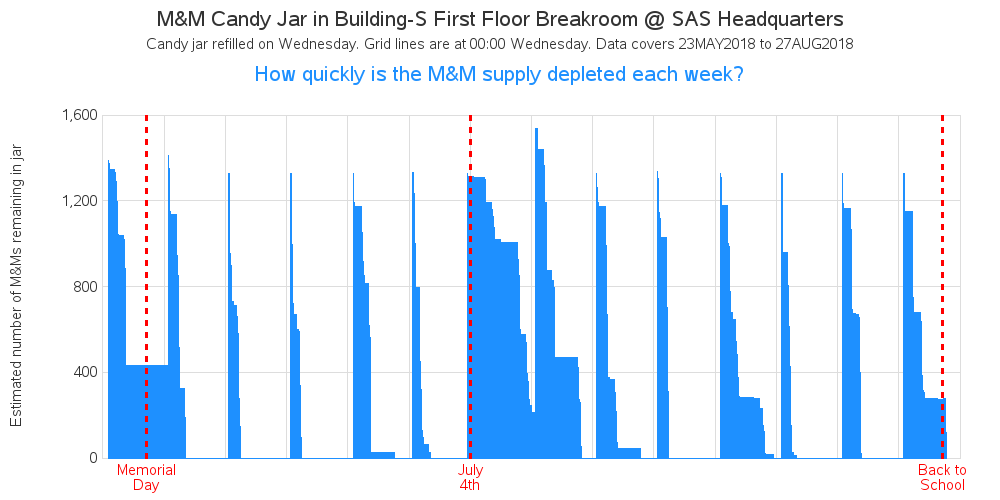
My buddy Chris recently blogged about accessing the IoT data from an M&M jar being monitored in one of the breakrooms at SAS. Now I'm going to take things a step further and analyze that data with some graphs. Grab a snack, and follow along, as we dig into this

As a third-year intern here at SAS and rising sophomore in college, I’ve been fortunate enough to have completed a few projects in various corners of the tech space. Having gathered my third data point this summer, and in the spirit of SAS #analytics, I’ve started making some data-driven inferences
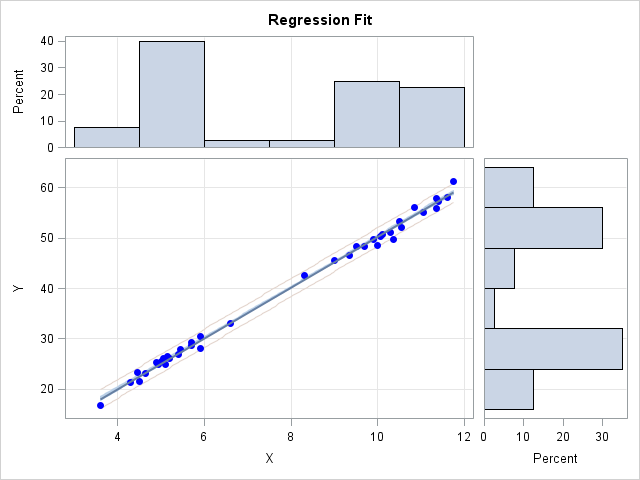
A frequent topic on SAS discussion forums is how to check the assumptions of an ordinary least squares linear regression model. Some posts indicate misconceptions about the assumptions of linear regression. In particular, I see incorrect statements such as the following: Help! A histogram of my variables shows that they

Note: Following is an eight-part serialization of selected content from Steve Morlidge's The Little (Illustrated) Book of Operational Forecasting. Data Series are different – and it matters to forecasters The nature of demand that is to be forecast, as represented by patterns in the historic data series, that is to
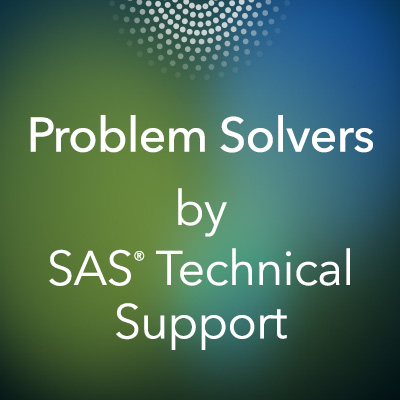
How to count words in SAS with the COUNT functions, and concatenate strings by using the CAT functions. Use these tips to modernize your SAS code!

Jim Harris warns against allowing your data lake to become a poorly managed and ungoverned data dumping ground.

Note: Following is an eight-part serialization of selected content from Steve Morlidge's The Little (Illustrated) Book of Operational Forecasting. Forecasting is not compulsory Operational forecasting is important but it is not mandatory. operational forecasts are used to make sure that a business can respond effectively to customer demand for its
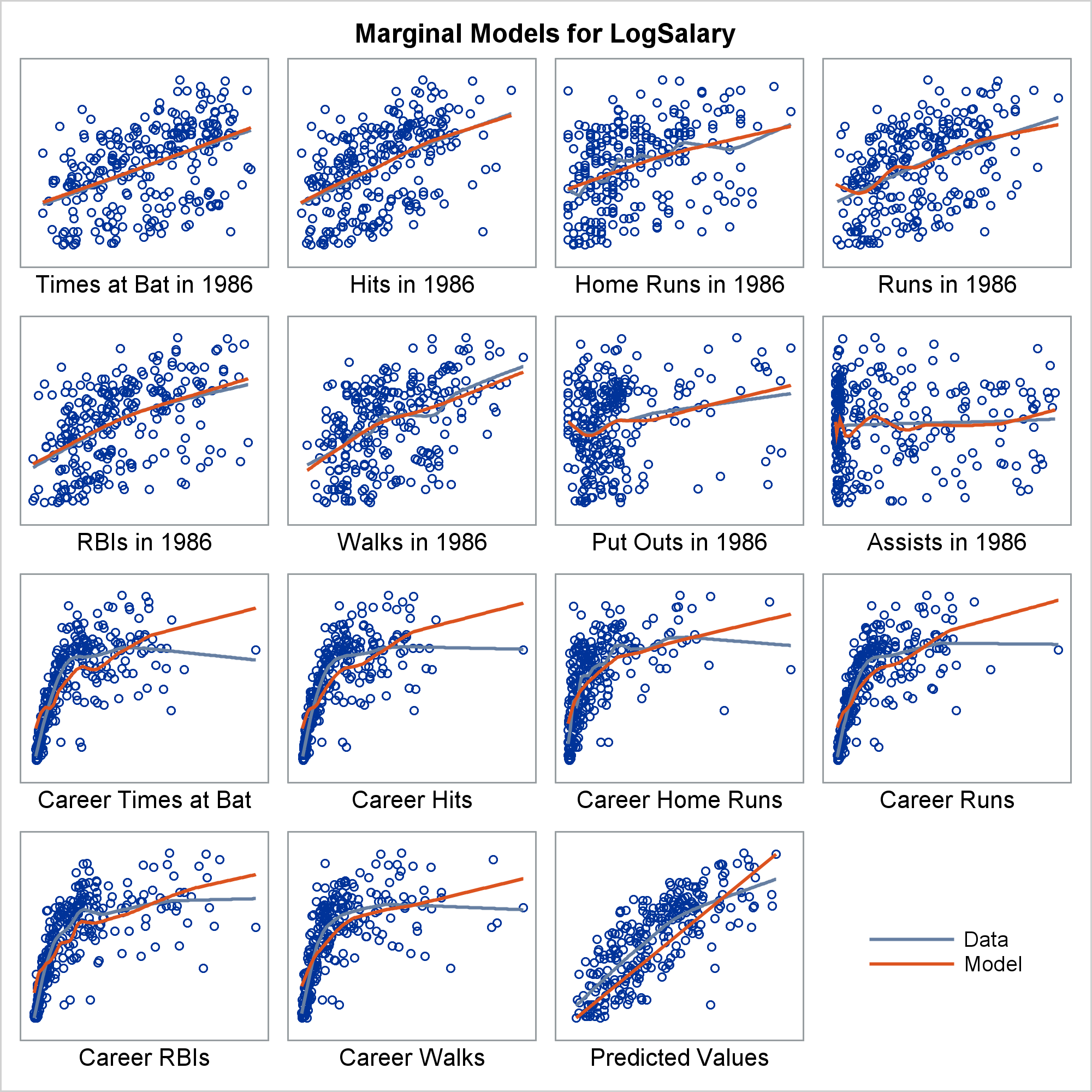
Marginal model plots display the marginal relationship between the response and each predictor. You can use a SAS autocall macro, %Marginal, to display marginal model plots.
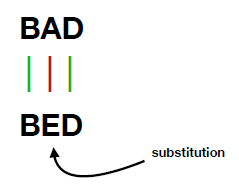
Dynamic programming is a powerful technique to implement algorithms, and is often used to solve complex computational problems. This article shows how to use PROC FCMP to implement the "edit distance" algorithm.

When parents decide it is time to move to simpler living, whether it be into a senior community or just into a smaller, more manageable house, the question of what to do with all that stuff steps into our thoughts like a the proverbial elephant in the room.
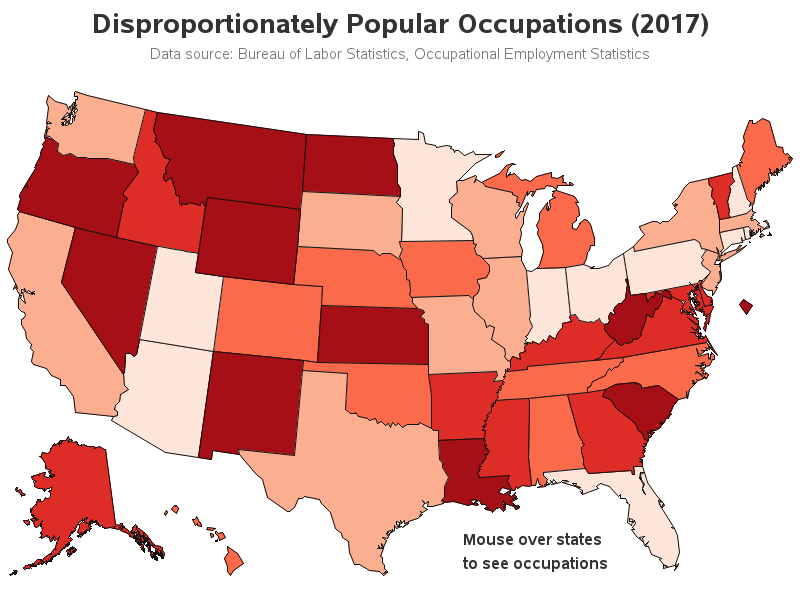
Showing the most popular jobs in each state is interesting (as I showed in my previous two blogs 1, 2) ... but not that interesting. How about something a little more quirky?!? ... Let's determine the most disproportionately popular job in each state! Their Map I got the idea for

Note: Following is an eight-part serialization of selected content from Steve Morlidge's The Little (Illustrated) Book of Operational Forecasting. The quality of forecasts matters…a lot It is difficult to precisely estimate the business impact of forecast quality partly because it impacts so many variables in ways that are not easy

Three bestselling SAS Press authors feature their favorite papers from SAS Global Forum 2018.

Vitamin D (technically, a hormone) plays a role in just about every aspect of our health. It’s not only important for bone health, it also plays a role in blood glucose regulation, heart disease, autoimmune diseases, brain function, thyroid health and even conditions such as ADHD, Autism and depression. Several
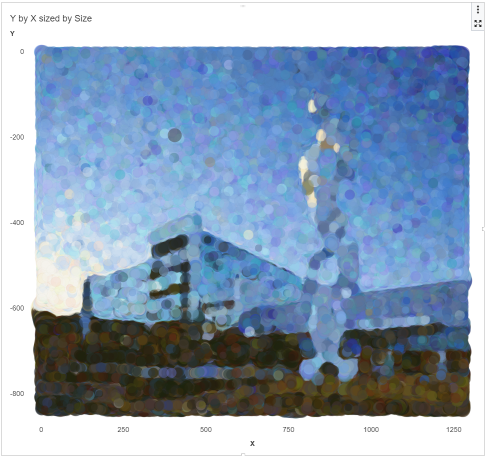
As a fun side project I recently looked into alternative visualization techniques in order to use computers to create art. An interesting approach is pointillism, which, according to Wikipedia is a "technique of painting in which small, distinct dots of color are applied in patterns to form an image." This
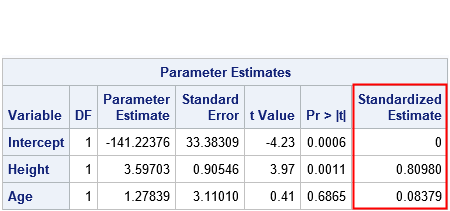
A SAS programmer recently asked how to interpret the "standardized regression coefficients" as computed by the STB option on the MODEL statement in PROC REG and other SAS regression procedures. The SAS documentation for the STB option states, "a standardized regression coefficient is computed by dividing a parameter estimate by